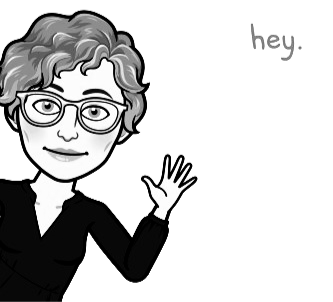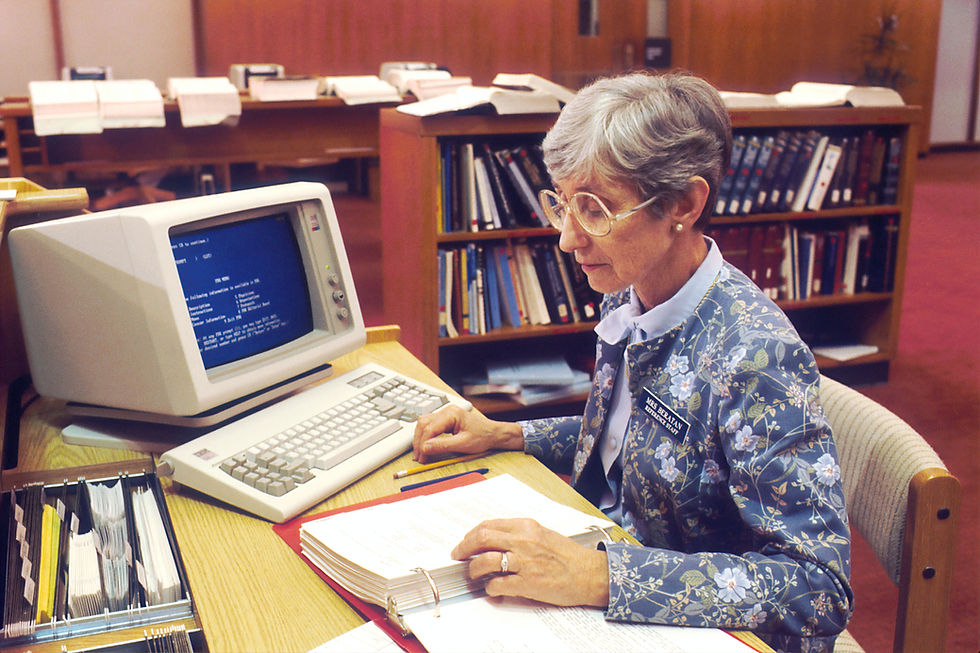TikTok will save the world
- Jess Skoczek

- Oct 31, 2021
- 3 min read
Updated: Nov 1, 2021

I worry about the future of the young people I teach. Rampant inequality. Climate Disasters. Corporatocracy. Pandemics. Stress. It is easy to see the appeal of dystopian fiction. As Basu, Broad and Hintz (2013, p. 1) note, the genre allows young readers to safely engage with ‘pressing global concerns’ such as these. Through all this, teenagers are moving through digital spaces that I simply don’t understand. So, when I decided to create a TikTok account to better understand the social media landscape my students are navigating, I was prepared to feel both very old and very alarmed. I’d seen screenshots of the intensely airbrushed and impossibly slim influencers and heard about the weird viral challenges. I’d read on the privacy concerns, the impact on mental health, and even a study linking it to the spread of functional neurologic symptom disorder.
I was half right. Signing into TikTok for the first time definitely made me feel old. I was waaaaaay out of my depth. Why would I want to see a stranger so obviously stage an argument with her boyfriend? Or time lapse their exercise regime? Or slowly apply lipstick? Or voice-over their ferret visiting the pet store? Or re-enact their childhood tantrums? Toto, I’ve a feeling we’re not on Facebook anymore!
Then I started building a bank of hashtags. I discovered the ‘not interested’ button, and followed some interesting accounts. Soon I was watching someone grocery shopping in rural Japan… relaxing. Speed-arranging a bookshelf… pretty. Pickling egg yolks in soy sauce… yummy. Embroidering Julia Gillard’s ‘sexism and misogyny’ speech onto a tote… satisfying. Identifying puffball mushrooms… clever! Roasting Candace Owens’ call to invade and liberate Australia… hilarious! There was a wealth of engaging, creative, and socially conscious content.
TikTok’s genuinely terrifying algorithm had me pegged in under two hours of use. This certainly gave me pause as I considered how my students could safely and consciously navigate this space. As Kirschner and Bruyckere (2017) note, young people are certainly not universally digitally savvy. However, the biggest shock was how quickly TikTok could become a source of learning and inclusivity. Teenagers are creating content which is body positive, feminist, sustainability focused, LGTBQIA affirmative, culturally inclusive, and socially progressive. All in under a minute with snappy graphics and a soundtrack. Active citizenship can be fun, y'all!

It honestly gave me hope for the future, and I’m not the only one. A 2020 article in the Harvard Political Review lauds the platform as having 'an unusual authenticity and growing cultural influence – presenting a rare chance for positive social impact through transformation of the social media space.' It further notes that the platform’s algorithm, and the short form of videos, regularly expose users to new content outside of their previous interests and follows, including by creators with smaller followings. This makes TikTok an ideal platform for progressive, grassroots campaign and fosters a diversity of opinions and voices. Certainly, there have been numerous trends with a political or social focus. For example, the Republican-sona in which American teens mock Republican politicians by giving themselves a ‘conservative alter-ego’ or the movement to flood the Texas abortion tip-off website with fake reports. Tok the Vote actively recruits young people to increase voter registration in the US. Clearly, young people are expressing their civic identities on TikTok.
Despite this, Ioana Literat, who studies the relationship between TikTok and political discourse, remains cautious. She notes that the political conversations are often highly polarising and lack nuance. Alongside the liberal activists is a significant volume of conservative content and a lot that is sexist and racist. But regardless of whether it aligns with my personal politics, I find it really exciting to see young people carving out new spaces for political and social expression. If they can explore and create engaged political identities, then I’m definitely #TeamTikTok!
Okay, so maybe TikTok – which undoubtedly has problematic aspects – isn’t going to save the world. Regardless, the insights into the ideas, identities and values of teenagers is fascinating. They are dynamic, creative, open, and thoughtful.
TikTok might not actually be a force for good. But young people definitely are.
References
Basu, B., Broad, K. R., & Hintz, C. (2013). Contemporary Dystopian Fiction for Young Adults: Brave New Teenagers. Routledge.
Kirschner, P. & De Bruyckere, P. (2017). The myths of the digital native and the multitasker. Teaching and Teacher Education, 67. 135-142.



Comments